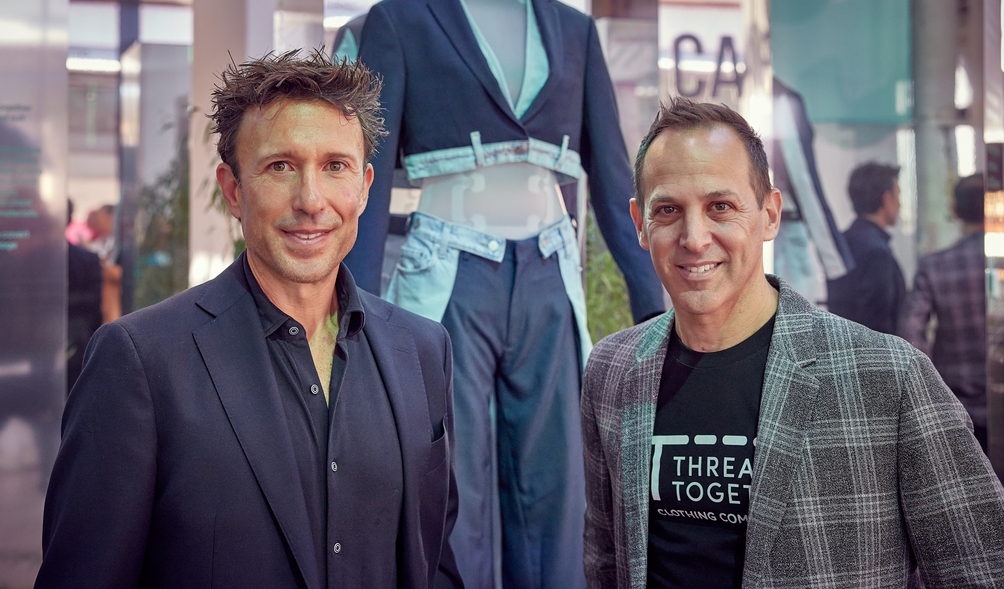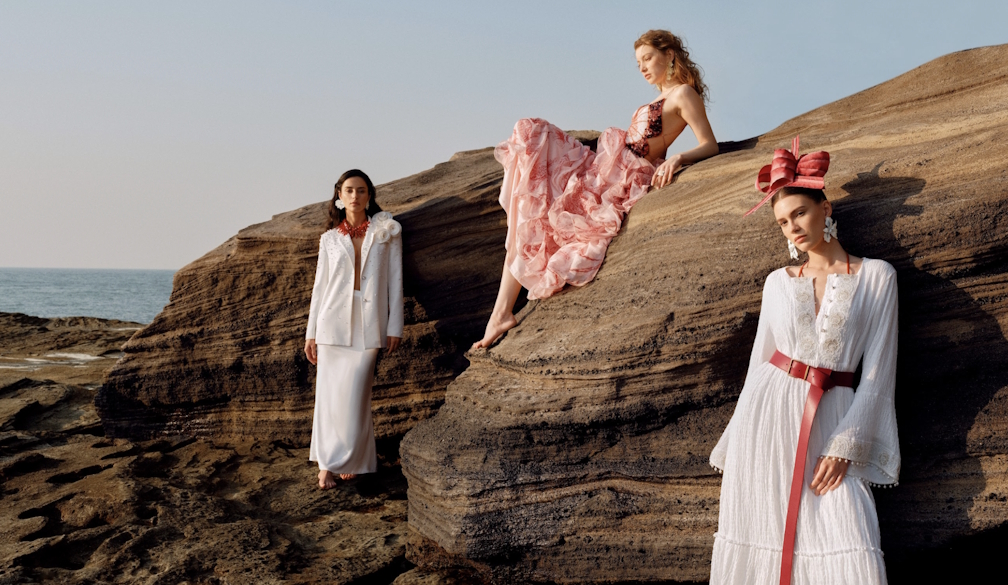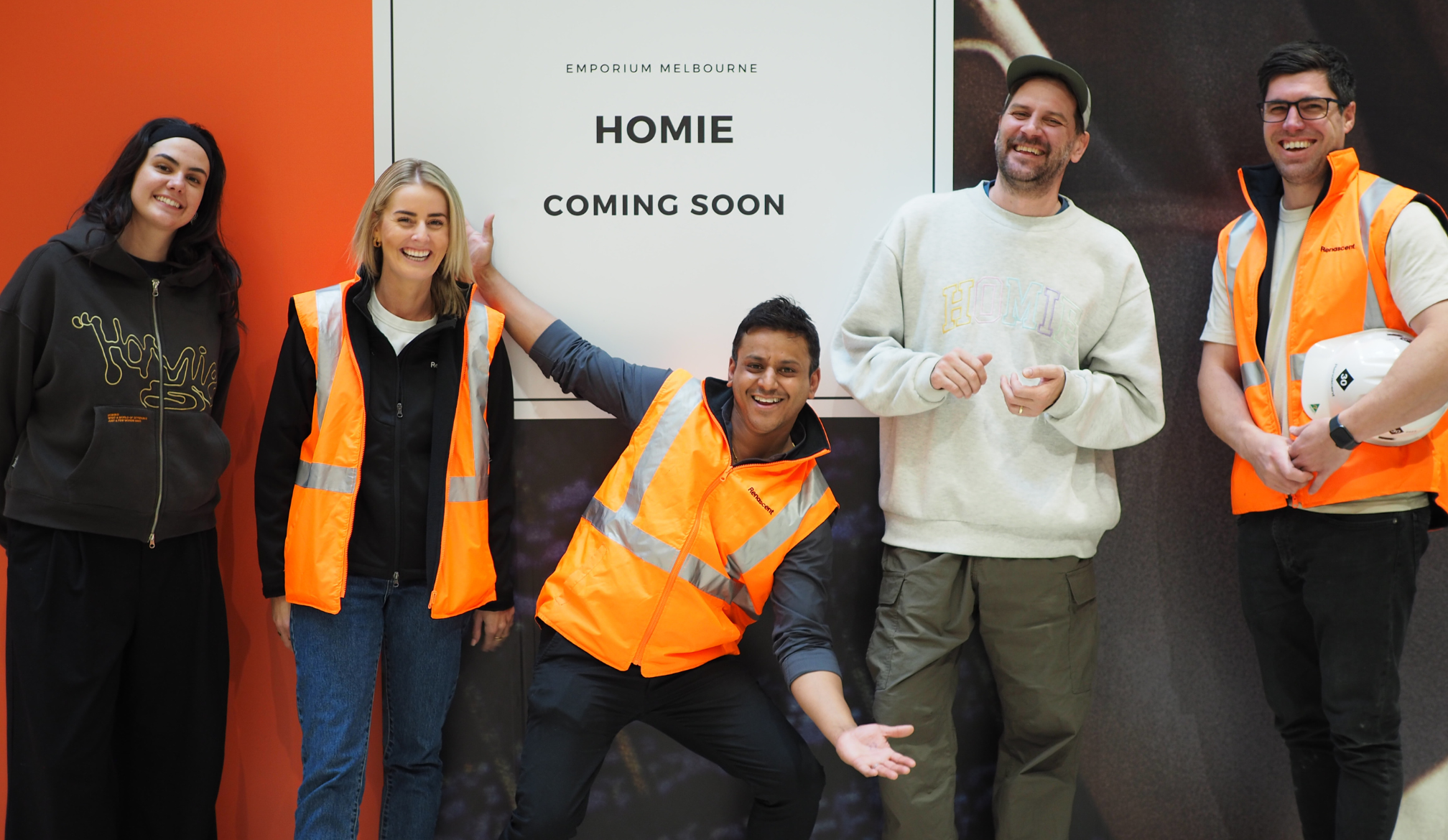New era of Australian fashion

Afterpay has released a report on the new era of Australian fashion, exploring how the industry has changed since 2020 and the progress made across sustainability, diversity and inclusion, and accessibility.
Released as part of Afterpay Australian Fashion Week, the report reveals that nearly half (45.8%) of Australians are buying at least one item of clothing every month, and while their top consideration when shopping is price (83%), two in five (40%) say finding sustainably made items is important to them.
While Aussie shoppers want to purchase sustainable clothing, they are facing several barriers. Three in five (60.1%) say that it's too expensive, 47 per cent say it’s difficult to find sustainable brands and two-thirds (40%) suggest that there aren’t enough Australian sustainable brands.
The heightened focus on sustainability has led to the sharp rise of recommerce, with over two-thirds (67%) of Aussies saying that they’ve bought or sold second-hand clothing and almost one in five (17%) reporting that they resell garments on platforms such as eBay, Depop and Facebook.
The report also explores fashion’s more inclusive future, which is rapidly shifting to embrace gender-fluid styles and a more diverse range of models. One in seven (13%) Aussies are more likely to purchase from brands that offer gender-fluid products, although more than a quarter (27.2%) believe that Australian brands don’t offer enough in the way of gender-fluid fashion.
Women are more comfortable crossing gender lines and dipping into menswear, with almost half (44%) saying they’re likely to purchase clothing and accessories that aren’t explicitly for females, while only a quarter (26%) of men say they are likely to purchase items that aren’t explicitly for men.
One of shoppers’ biggest barriers is size inclusivity, with many Aussies (40%) reporting that they struggle to find clothes in their size in some brands. Although more than six in 10 (61.6%) Australians believe that Australia’s fashion campaigns and runways are somewhat more inclusive than counterparts overseas.
Anthony Eisen, Co-Founder at Afterpay, said, “As Afterpay celebrates its third year as the headline partner of Australian Fashion Week, we want to continue to shine a light on our key pillars of inclusivity, accessibility and sustainability. The ‘Australian Fashion’s New Era’ report reveals that Aussie shoppers are eager to see meaningful change across these areas from Australian fashion brands, and we have a responsibility to play our part in ensuring this evolution.”
Leila Naja Hibri, CEO at The Australian Fashion Council, who contributed to the foreword for the report said, “At a time when the industry is facing inflationary pressures, combined with shortages of skilled workers and materials, we need to transform outdated business models to better support a thriving, resilient industry.
“Australia has long overlooked the economic power of its fashion and textile sector. Fashion contributes more than $27.2 billion to the national economy and employs over 489,000 people, 77 per cent of whom are women. This report reflects an exciting opportunity to achieve a socially, environmentally and economically prosperous industry that better serves our fashion workforce and the Aussie consumer.”























